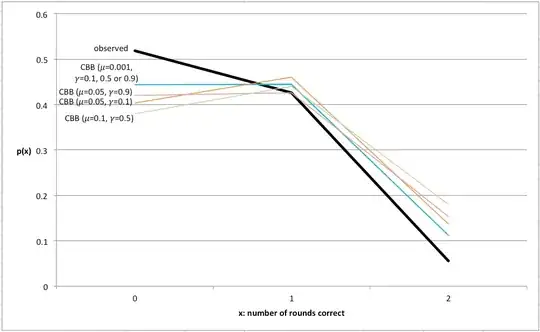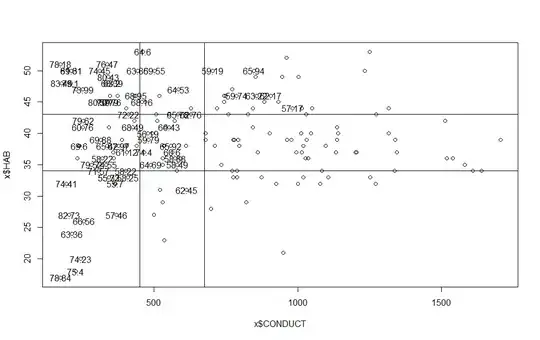I am looking at environmental data - habitat scores and stream conductivity (water quality measure) and looking to do some change point analysis in a set of 178 observations. As opposed to a more traditional method using time-series, I would like to check for breakpoints in gradient. From other qualitative visualizations methods, I suspect there may be some break points where aquatic communities drop in diversity along the curves of both habitat and conductivity. If I plot the ordered datasets for both:


I have the "changepoint" package downloaded and working in R, and can't find any great explanations about how to really proceed. I am interested in showing changepoints that are statistically significant, so I was thinking of using penalty = "Asymptotic" with a pen.value = .05 as a standard test. What method should I use in conjunction with this to get results that are really valid? It seems like I can vary method/penalty/pen.value and get whatever answer I want, but I want it to be the truth! Help!
EDIT: This third image was added for clarification. These numbers represent sites with "passing" species diversity scores. My interest is to determine if threshold values on the y and x axes exist where species diversity drops off. For instance, we can see that above conductivity = 1000, pretty much all sites are considered "failing." There also appears to be a habitat gradient where diversity can thrive in the face of rising conductivity. My interest is run change point analysis along HAB and CONDUCT gradients to see if there are breakpoints that correspond with the idealistic lines I've drawn on this plot. I have already run CCA and PCA on my data with good results, I am just looking to extend my analysis to some specific numerical values. Does this clarify?
